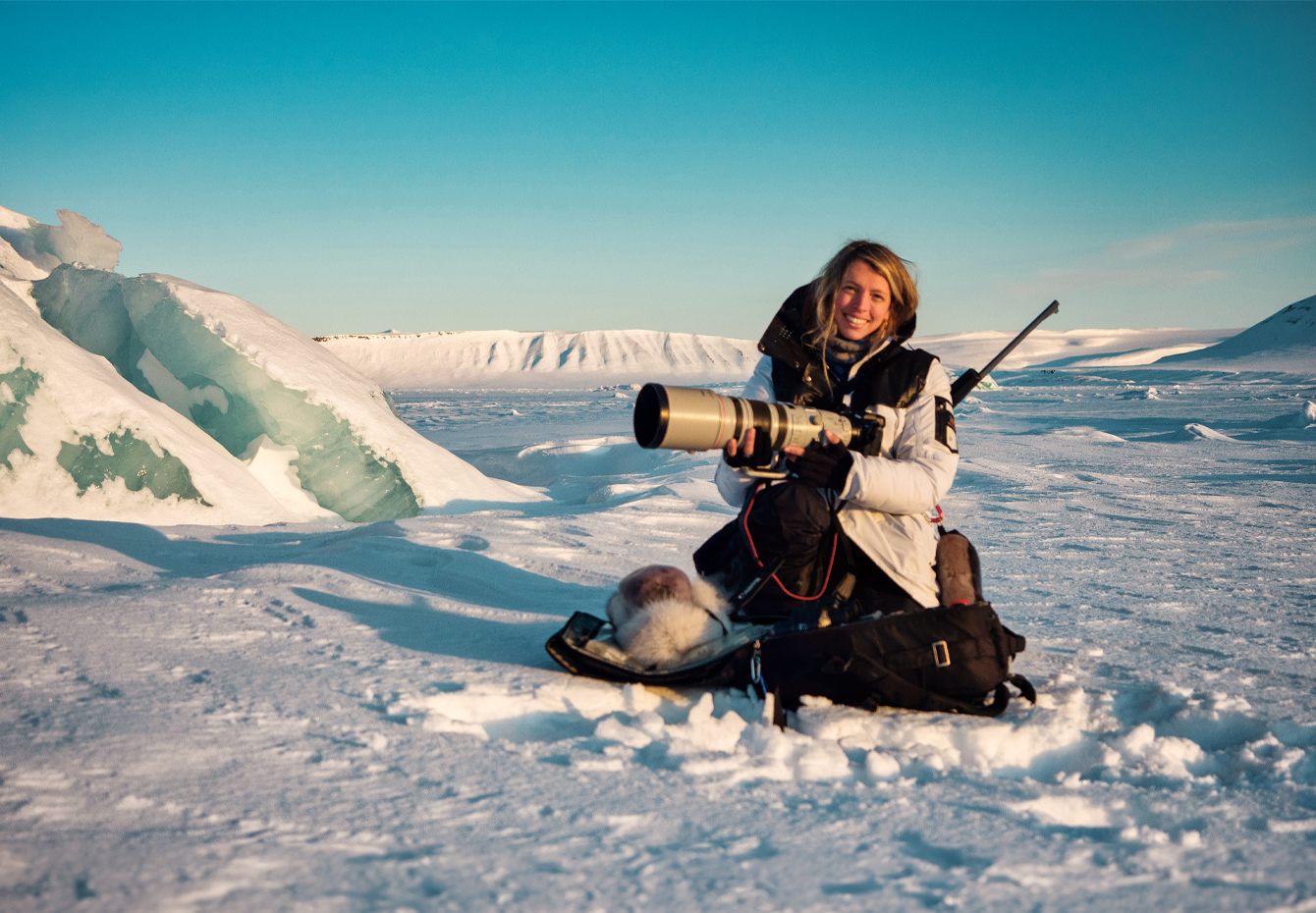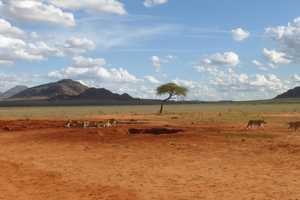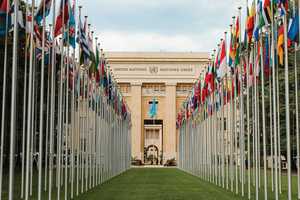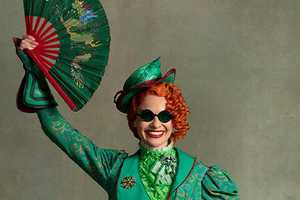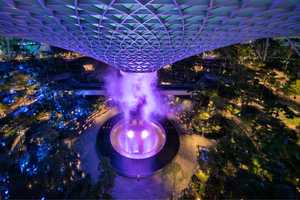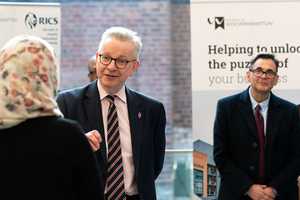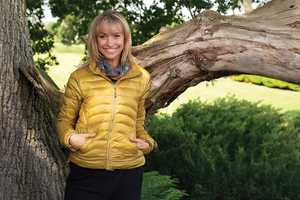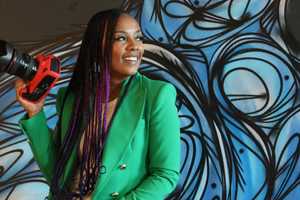I remember being made fun of by classmates and teachers, because my ambitions were too high.
It’s fair to assume that those ex-students and educators are no longer laughing at Norwegian Jannicke Mikkelsen’s lofty childhood goals.
From working with David Attenborough and the band Queen; filming in a virtual environment to some of the most gruelling conditions on the planet; and shooting a movie for Netflix to achieving a death-defying Guinness World Record, Jannicke has carved a triumphant career through persistence, hard work, and determination.
“My grandma was an avid photographer,” she says. “Not professionally, but she did analogue photography so I joined her when she exposed her photos. That’s definitely where I first discovered how photography and science merge together.”
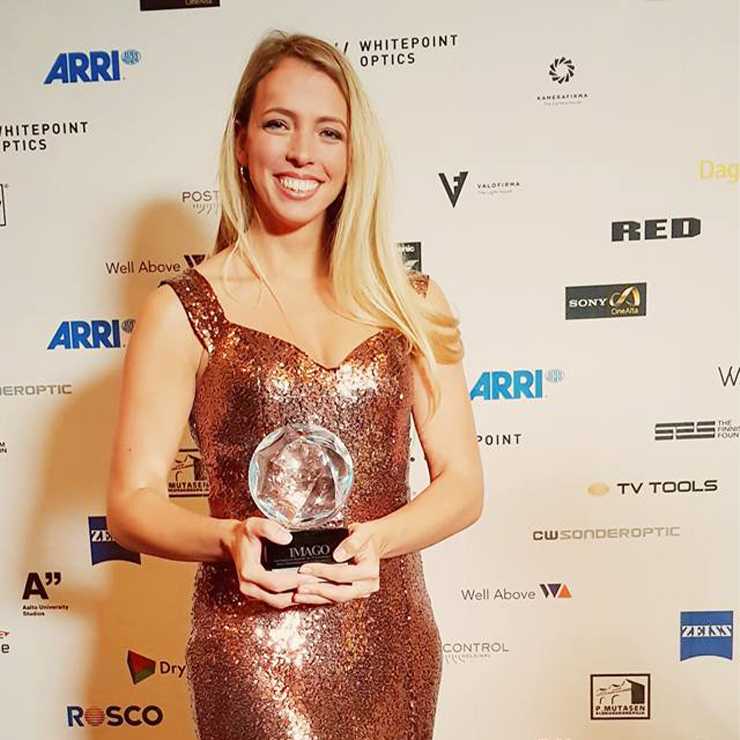
Jannicke’s voyage to success encountered a terrible early setback at the age of 10, when she fell from a horse. The accident, which she says likely resulted from losing hold of a stirrup, caused injuries that were so severe they took several years to recover.
She explains: “I still have a bump on my head that looks a bit like a horn sometimes – that’s a major skull fracture. I was in a coma for three months, and in hospital for probably a good year and a half. That fall turned me quadriplegic, then eventually paraplegic, and then I learned to walk again.”
Jannicke’s drive for success helped her through this arduous recovery. Having grown up with a love for computer games, and because she was unable to attend school while she healed, she fuelled her passion for technology in chat rooms hosted by NASA. There she met fellow tech-obsessed teens, and by discussing and learning about the space mission STS-99 she was introduced to 3D imaging.
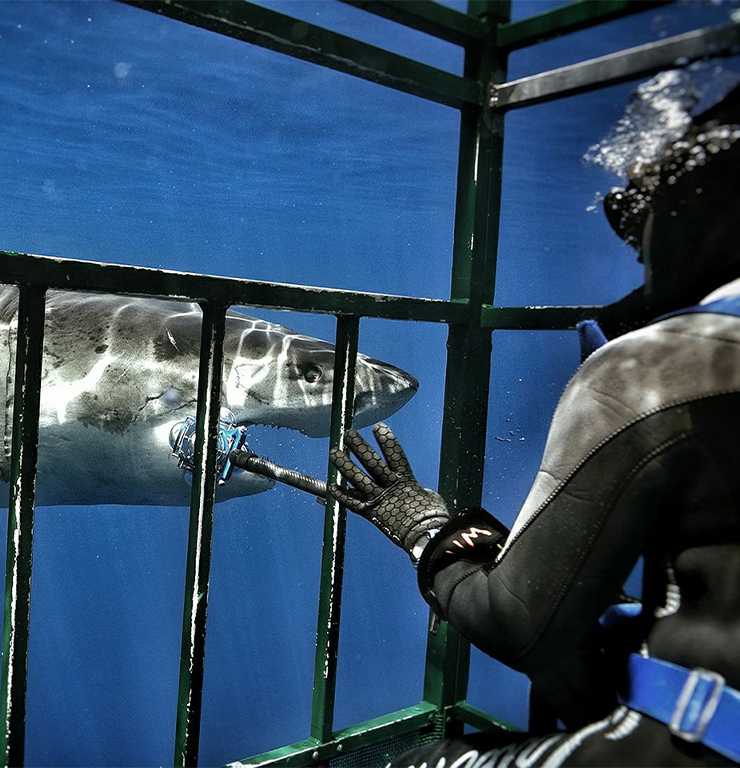
She said: “I always knew I wanted to explore and do expeditions, so I thought, which team members are necessary for an expedition crew? Then I realised that, okay: storytelling, photography, and cinematography are always parts of an expedition crew. That understanding, as well as loving David Attenborough documentaries, is where it all started.”
As a young adult, Jannicke attended evening classes in film studies at the University of Oslo, in pursuit of her dream. Her first role in visual technology was for a friend in Germany, who she first met in one of the NASA-hosted chat rooms she frequented while recovering from her horse-riding injury. This friend owned a 3D film company and had just signed a Hollywood contract, and in 2009 he asked Jannicke to move to Munich and work with him there. Jannicke worked in Germany for two years before moving to England to study at the University of Wolverhampton, topping up the film studies course she had gained in Oslo to a full Bachelor’s degree.
Submitting a filming sequence she had made at Wolverhampton called Snatcher, which remains one of her favourite pieces, Jannicke attained a Master’s place at the prestigious National Film and Television School in Beaconsfield, Buckinghamshire, England.
Having amassed experience in Hollywood video work for her friend’s German company, Jannicke was giving a talk at a Greenwich film school in London about a movie she had worked on, Hansel and Gretel: Witch Hunters, when she was posed an unexpected query.
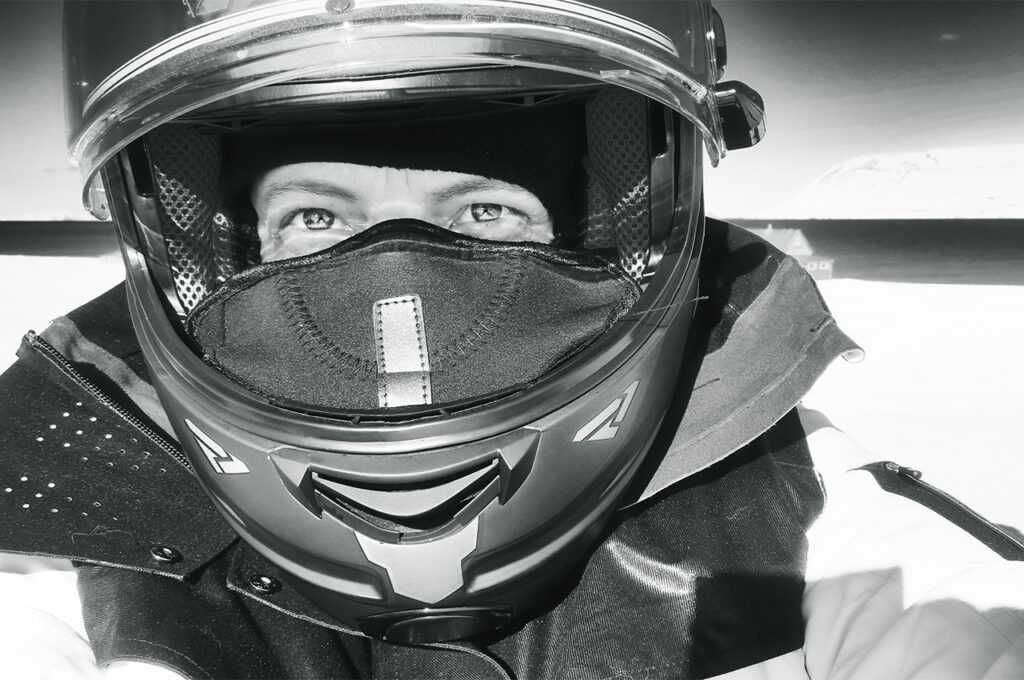
Jannicke said: “During the questions at the end, a professor guy in the audience with crazy white hair said, ‘I’m the biggest collector in the world of 3D photography from the Victorian age. Could you take a look at my collection to find out how they shot it, and preferably, who shot it?”
When she agreed to the request, which came to form the basis of her dissertation, Jannicke did not realise that she was speaking to a megastar, or that a year later it would lead to one of the most significant jobs of her career: directing the first live-concert film in virtual reality.
Jannicke had been applying for work with one of her idols, David Attenborough, for several years when she studied her Master’s degree. As soon as she completed her course, Jannicke received the phone call she had been hoping for.
She said: “Literally the day after I graduated, I got a phone call from David Attenborough’s producer while I was on the way to the dentist. He had been using the fact that I wasn’t an ‘educated’ cinematographer as a sticking point, and he goes to me, ‘You’ve just graduated, haven’t you?’ I was like, ‘Yes, I just graduated yesterday.’ And he goes, ‘Well. Would you like to shoot a 3D documentary? We’ll leave for Costa Rica tomorrow to sail to Islip, Cocos, just north of the Galapagos.’ I said yes, and he goes, ‘Great. I need your passport within the next 20 minutes.’ I just took a 180 and walked straight home to get my passport!”
As it turned out, the documentary wasn’t 3D – it was a 2D 360° film, which was a very different filmmaking style that had just hit the market. Luckily, Jannicke had already experimented with the format, making her perfect for the David Attenborough Great Barrier Reef shoot, which saw her building 360° rigs from scratch and helping design other cutting-edge, never-before-seen tech.
Soon after this and other shoots with Attenborough’s team, Jannicke received a call from the “professor guy” with the “crazy white hair” whose 3D Victorian footage she had researched. Unknown to Jannicke, this man was in fact the legendary Queen guitarist Sir Brian May, who Jannicke had never heard of having grown up on a homestead in Norway. Sir Brian wanted her to help produce a 3D, 360° VR concert film for the band’s 2016 tour, at the Palau Sant Jordi, Barcelona.
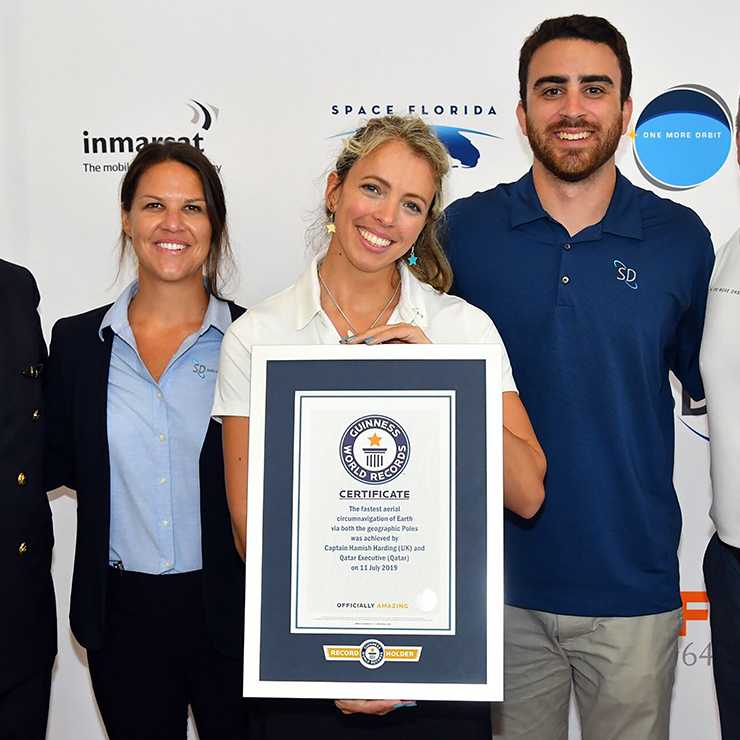
For this demanding project, Jannicke got to build more equipment from scratch, including a rig that could fly or hover anywhere in the arena. One rig, made from over 20 GoPro cameras, landed Jannicke in trouble before she flew out of Barcelona, when she was stopped by airport security officers who barely spoke a word of English.
She said: “The rig looked rather suspicious – a lot like a bomb. Me and my camera assistant were taken aside and locked in a small room.”
By coincidence, the head of security happened to be a huge Queen fan who saw the pair’s band t-shirts and remembered having seen Sir Brian talking about the 3D equipment on his Twitter account.
Jannicke added: “He points at our rig, and he goes, ‘Queen concert 3D 360 camera’. And me and my assistant are just like, ‘What the…?”
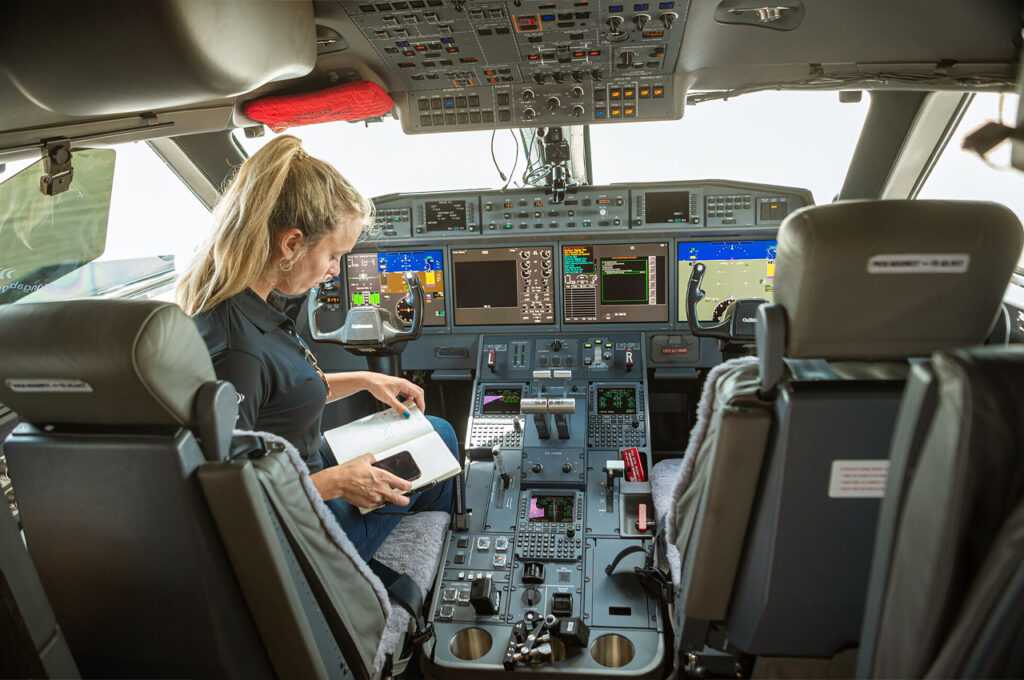
As an accomplished astrophysicist, Sir Brian also introduced Jannicke to a NASA programme he was managing called New Horizons, which is an interplanetary space probe shooting 3D images of space. Jannicke soon became more involved with NASA and gained an array of contacts. She contributed her expertise to a VR exhibit at the Kennedy Space Centre to commemorate the Apollo 11 50th anniversary, and later became the mission specialist for a record-breaking circumnavigation of the Earth.
One More Orbit was a successful live-streamed attempt to travel around the globe in a business jet over both the North and South Pole in less than 48 hours. Using her contacts at the leading satellite service provider Inmarsat, Jannicke and the team gained permission to use the company’s geostationary telecommunications satellites.
Jannicke said: “They gave us all their satellites around the world to track our plane. We spent about two seeks at their headquarters at Mission Control to track our airplane that was going over the North and South Pole, so that we were able to send a signal to the satellite and then live-stream via YouTube.”
The mission required enormous collaboration and goodwill from nations as politically diverse as Russia, Kazakhstan, and Iran, which they would be flying over during the attempt. Jannicke was due to be a crew member of the aircraft, and before embarking on the mission she said that it was so important to her, she was “happy to risk my life”.
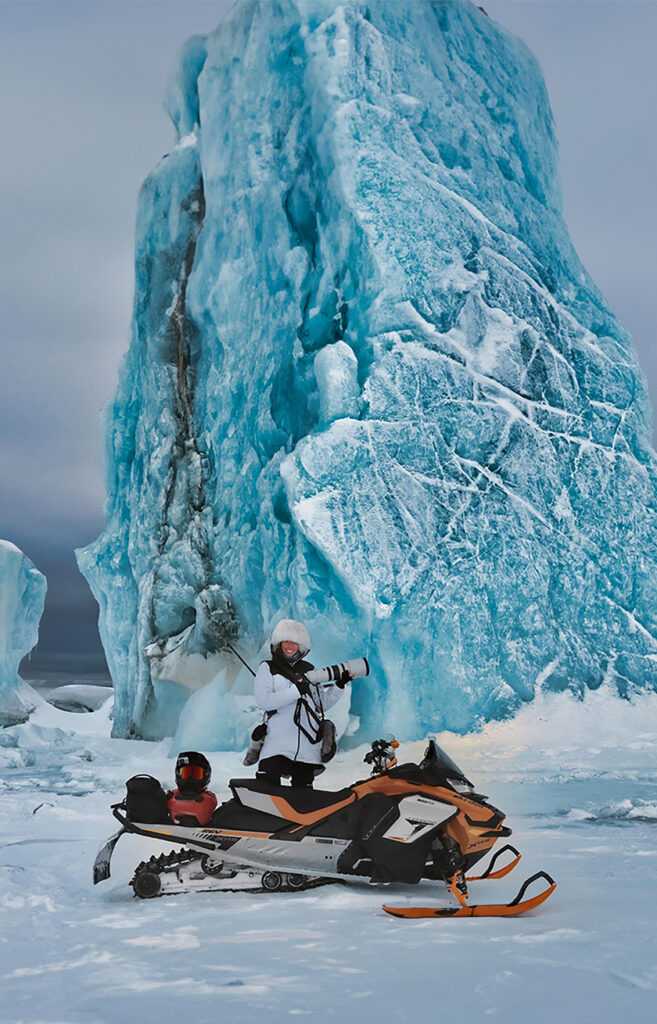
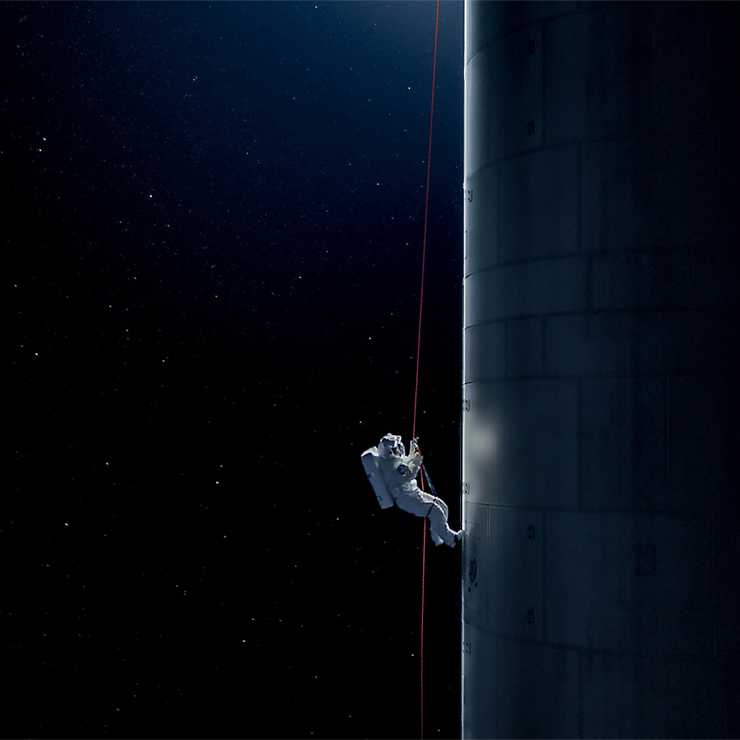
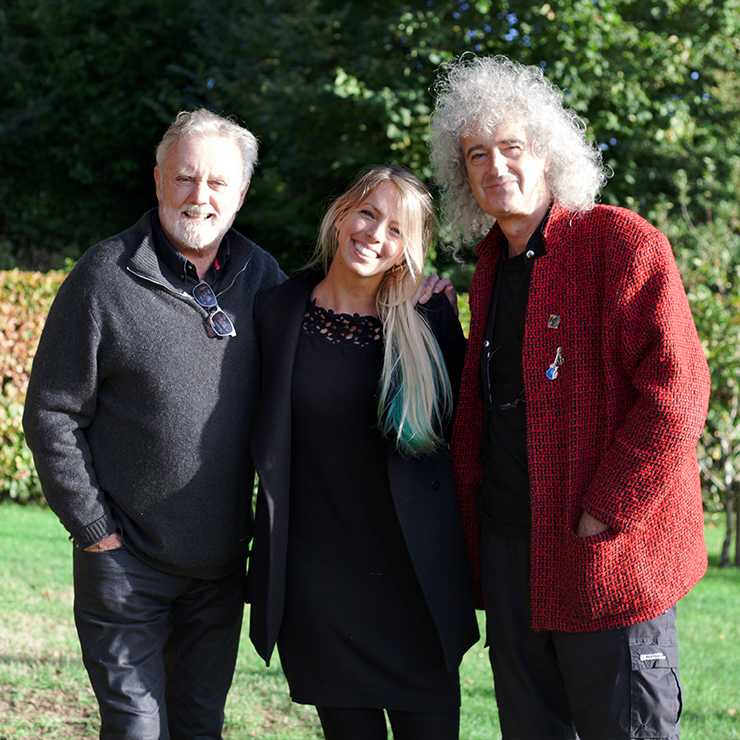
She continues: “It was quite risky, and we actually ran out of fuel going over Antarctica. That meant that we came in at the end as a heavy glider, but still somehow managed to take the speed record by pure luck.”
Jannicke’s dedication to her field and her adventurous nature have given her an intrepid career in which she sits at the forefront of video technology. She was a virtual cinematographer for the Netflix film Stowaway (2021), she founded a film production company, O2XR, and she continues to produce barrier-breaking footage from the polar regions and in her home of Svalbard.
In closing, when asked what her dream video project would be, her answer showed that there are many more missions and goals that Jannicke aims to complete: “I would go into space and film Earth – that would be the ultimate for me. I think I would like to cross underneath the North Pole in a submarine, too. Oh, and I’m yet to ski to the North Pole! And…well…”
